Top Ten Rules for Hiring a Kick-Ass Photo Crew – Part 2
TOP RIGHT: Lighting Test: (L to R) Karina Guerrero, Joyce Park, Cindy Maldonado. Photo by Nick Saglimbeni © Slickforce Inc.
If you missed Part 1 of this post, see it here.
5. There is such a thing as too friendly.
I mentioned before that a positive attitude is key, and this is absolutely true. But even the best qualities can be overdone. It would be hard to find fault in someone who smiles all day, but you certainly don’t want something who can’t stop talking. Some people are just excited to be on set, but you are all there to focus and make great art. Avoid those who talk incessantly to the crew and models all day, especially during critical shoot moments. It distracts everyone from their job, and in the end, your art will suffer the most.
4. Phones stay in pockets and on silent.
Ah, the age of social media. Everyone’s life is more exciting in their phones. But you and your team are here to do a job. Sadly, I’ve been on too many shoots where team members can’t put their phones down, and they usually don’t get called back after that. This tends to be even more prevalent with glam squads—hair, makeup and wardrobe—who are often instagramming pictures and booking their next job right on set.
As the photographer, you are the visionary for the shoot, but everyone should be equally involved in helping you get there. Just because the model is dressed, that doesn’t mean wardrobe’s job is over, and your hair stylist shouldn’t be waiting to be told there’s a hair in your model’s face. Everyone should be watching the monitor—or the model—and nothing else. There is plenty of downtime during a shoot day, but when the model is in front of camera, everyone needs to be on their A-game.
3. Look for people who want to grow with you.
One of the biggest issues any growing brand or company faces is finding people who believe in your vision. We’ve been extremely lucky at Slickforce to attract such quality, driven people. But even we’ve had a few that just weren’t a match. At the end of the day, you didn’t become an artist to be stressed out at work. Don’t be afraid to let someone go if they are causing more problems than they are solving. Just make sure it’s not your own ego making the decision.
That said, there are plenty of people who enjoy being part of a team more than working alone. When you are fortunate enough to find these people, ask them what their goals are, and find ways to grow that are mutually beneficial. Everybody wants to like their job, but not everyone wants the pressure and responsibility that comes with being the boss.
2. Hire people that are strong where you aren’t.
Hands down, one of the most exciting things about building a team is that there are people who are really good at things that you are not. What a gift! Too many artists have fragile egos, and try to hire people they can control. These people shouldn’t be in charge of anything.
No business can thrive with a team of yes-men. Look for people who are excellent where you are average, because in all likelihood—they are working with you for the same reason. During the first photo shoot I ever produced, I didn’t have a team yet, so I asked for referrals to find the best hair and makeup artists around. Fortunately, they knew way more about glamming out a model than I did, which allowed me to focus on lighting. And it turned to be one of the smartest moves I ever made—almost 15 years later I still work with the same team.
1. Money isn’t the only form of currency.
I know some of you are thinking that you too would have a great team if you could spend lots of money. But when I started out, I had almost nothing to spend. Like, less than $300/month, seriously. I rented a dirt-cheap space in a building on Skid Row, which I split with friends, put a vinyl sticker on the door and called it “SlickforceStudio.” I couldn’t afford pro assistants so I asked friends to help—most of whom all had office jobs and thought being at a photo shoot was cool. Once I began to shoot for low-budget magazines and built a portfolio, I hired interns and film students.
Lots of people are willing to learn and help out—they just don’t want you to add stress to their lives. After more than a decade of owning and operating SlickforceStudio, I can tell you two things: a) no amount of money turns a bad team member into a good one, and b) positive emotional experiences are the greatest currency we have in life. So go out and build an exciting, professional, and reputable brand, and people who want to be part of the same will gravitate toward you.
Okay, that’s going to wrap it for our list. If you liked this or want to see more posts of this nature, please leave a comment below.
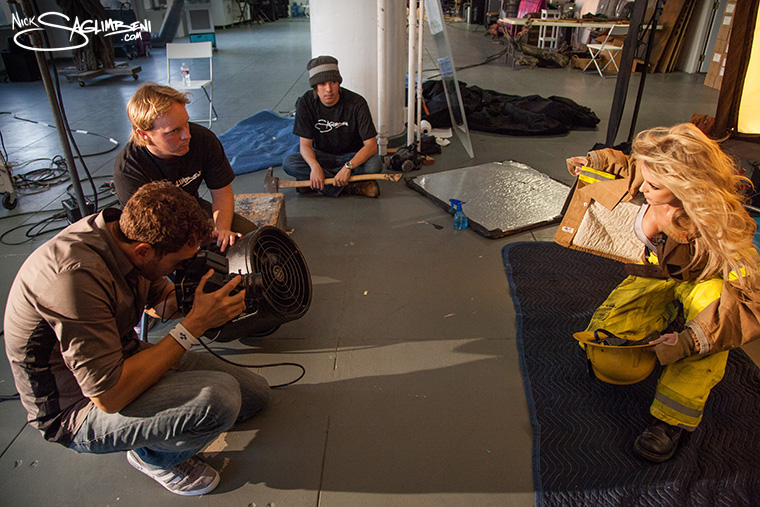 |
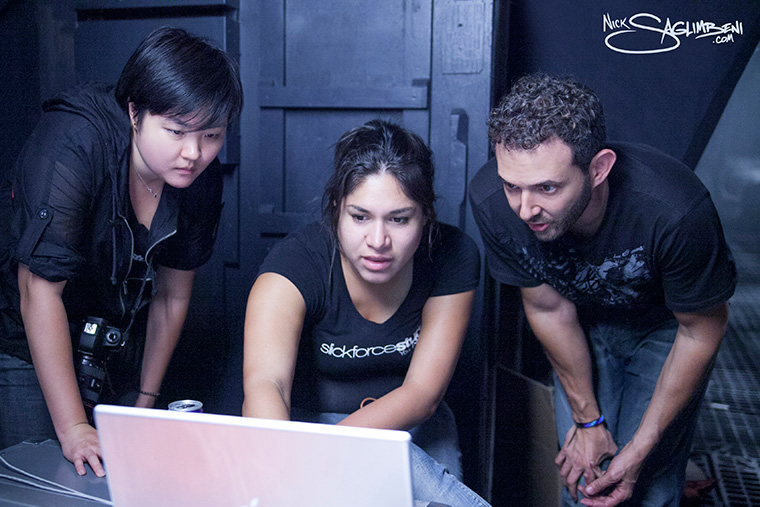 |







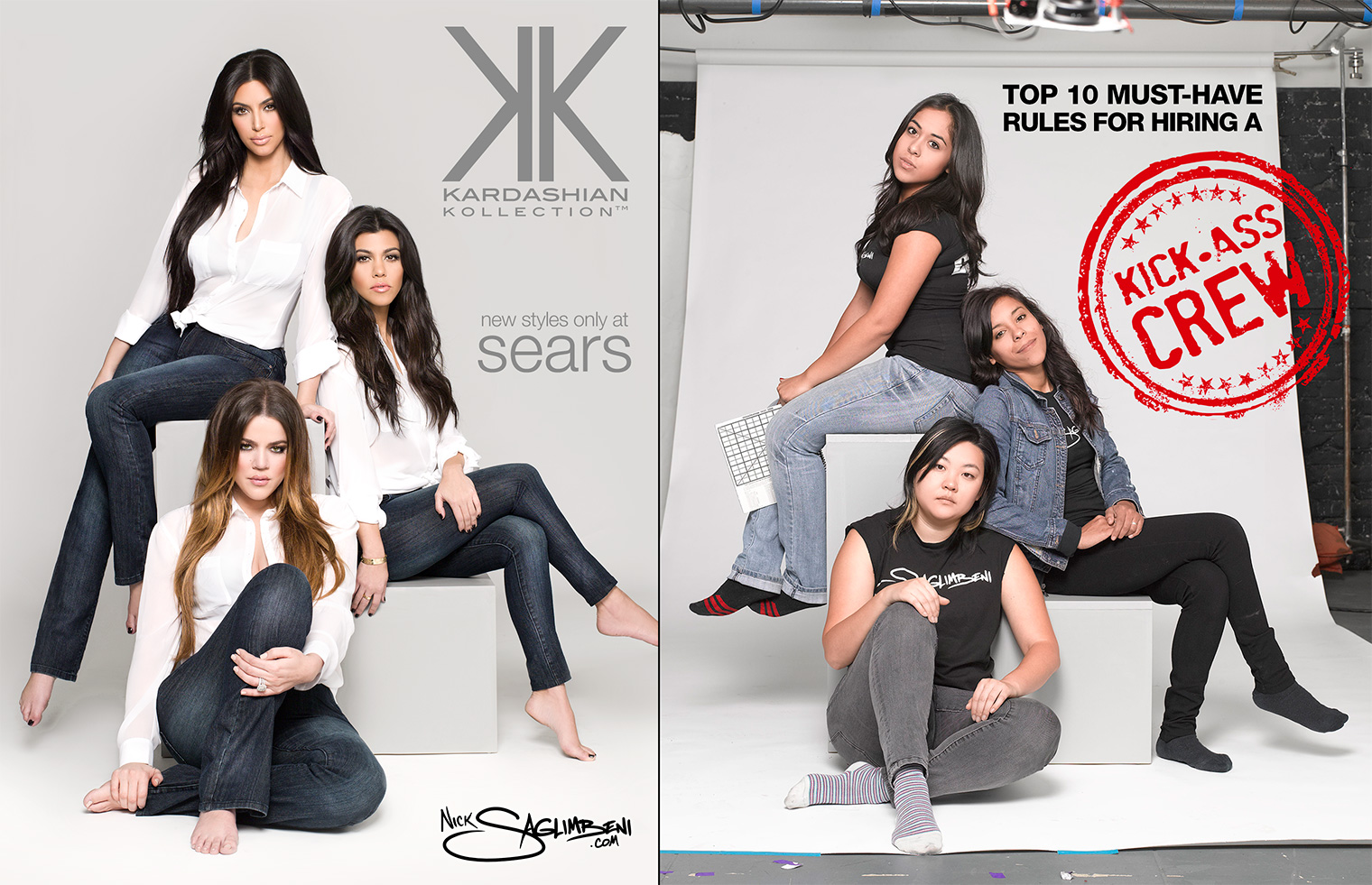
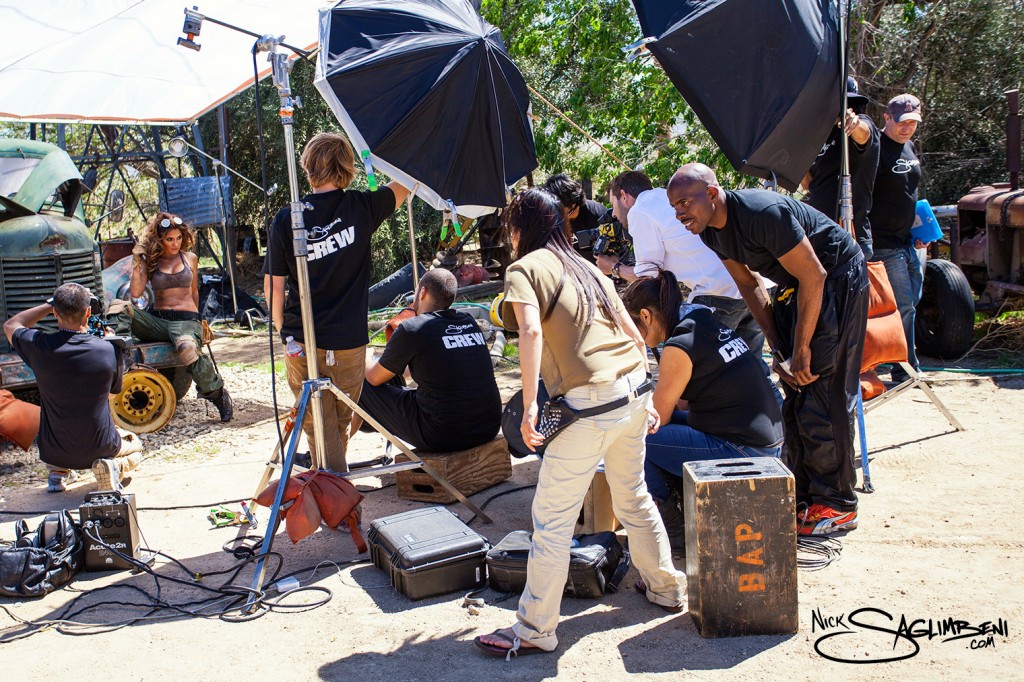








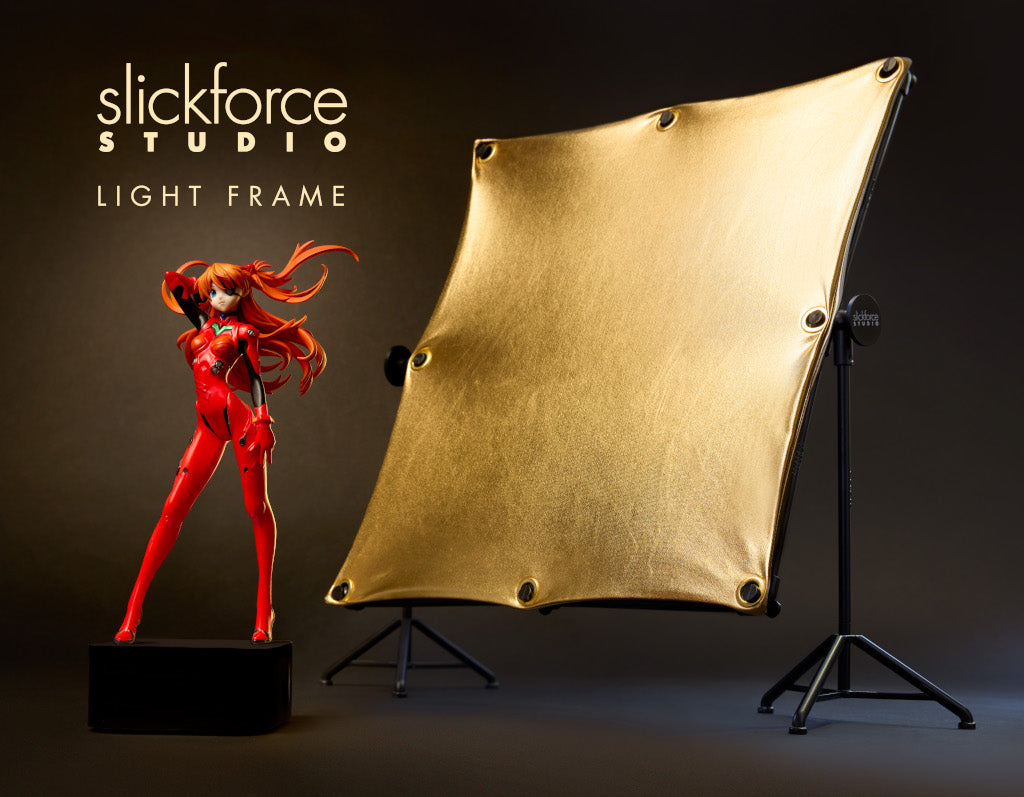



You must be logged in to post a comment.